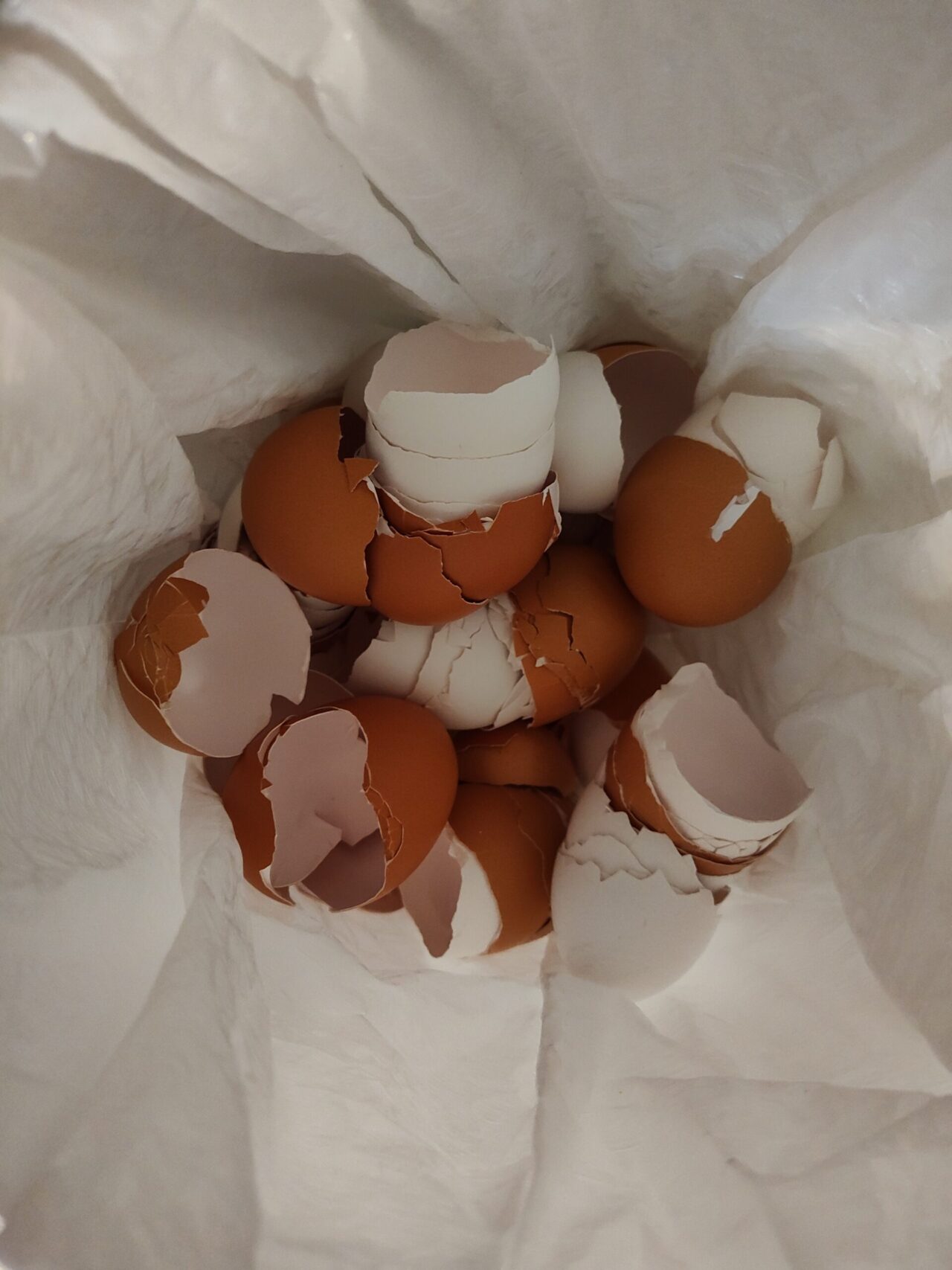This article is dedicated to understanding the ingredients and statements you may encounter on the product. Reading and understanding food labels and symbols can help you with healthy choices as well as keep you from allergic situations. Even with these labels, Manufacturers’ food label clarification for people with allergies is a nightmare.
Dairy Products – are products produced from cows’ milk, goats, sheep, and other mammals. Typically, this includes any food products made from milk or cream. It includes butter, cream cheese, yogurt, ice cream, cottage cheese, and an assortment of other cheeses. If you have an allergy to eggs, make sure to avoid being enriched with D3 on the label. This means the manufacturer has added something that boosts the calcium. This could be an additive that has some eggshell powder included in the making of the added protein or added calcium. Great Dairy products I have successfully used because of NO EGG additives are:
- Organic Valley Heavy Whipping Cream
- GreenWise Half-n Half.
- Philadelphia Original Cream Cheese – ingredients include Pasteurized milk and cream, salt, Carob Bean Gum as a stabilizer, and cheese culture. Carob Bean Gum is safe for people with egg allergies.
- Butter – The brands that I use that are safe with NO EGG additives are Land O Lakes butter, Publix butter, and Challenge Butter. They freeze well too. So, catch them when they are on sale. Butter can last for up to 10 years in the freezer.
- Publix Brand Cream Cheese,
- Prairie Farms Original Cream Cheese which does have Carob Bean Gum (stabilizer) is plant-based and safe for people with Egg allergies.
- Daisy Brand Sour Cream – only made from cultured cream. It has a “Kosher (cRc)D” What the label means is that: Granting Kosher Certification means checking the source of every ingredient to ascertain that it complies with Jewish dietary laws. Animal derivatives are usually off-limits unless the animal was slaughtered in accordance with the laws and the item is sold as a meat product.
- Chobani – Greek Yogurt non-fat plain is made from cultured non-fat milk with no additives
Central Rabbinical Congress symbol (cRc) is usually followed by a “D” for Dairy, “M” for meat, “P” means OK for Passover, and OK-Pareve means no milk no meat. One of the most important rules of kosher is that a person should never eat meat and dairy together. In strict kosher kitchens, people use separate utensils for meat and dairy products, which are not washed in the same water, to avoid cross-contamination. Kosher pareve means food that is prepared without meat, milk, or their derivatives. An example is Dark chocolate. It is considered Kosher as it only contains cocoa beans, vanilla beans, and sugar.
Good Source is only an implication that the food contains 10% to 19% of the Daily Value for a certain nutrient listed. As In Calcium. “A good source of Calcium or a good source of protein. Beware! This can mean that there is an additive of Egg powder from eggshells or extra D3 which could be derived from eggs, fish, shellfish, or other proteins.
GRAS – Generally Recognized as Safe – This means that a lot of people have not died from the consumption of this product. It does not consider if a person is allergic to an ingredient in the additive. They consider the 9 allergens as main ingredients and label those. (Egg, nuts and peanuts, sesame seeds, fish, shellfish, dairy, soy, wheat.) The label doesn’t analyze the ingredients used to make a preservative, additive, stabilizer, or emulsifier. So, they will give a warning on a generic warning instead. For instance, “this product is manufactured in a facility that uses eggs, nuts, fish etc.” This means it is up to the consumer to determine if that product is safe by researching the ingredients that the preservative, additive, emulsifiers, or thickening agents are derived from. In other words, what ingredients are used to make them?
More, enriched, fortified extra, plus, or added – can mean an additive that includes a mineral or vitamin that could be good. It can also mean Extra proteins which can be derived from eggs, nuts, or plants like soy and soy lecithin. Other calcium can come from sunflower seeds and plants containing soy.
Naturally occurring sugars that are good
- Pure Cane Sugar
- Beet Sugar
- Honey
Artificial Sugars are known to cause health issues per the FDA, WHO, EU, Mayo Clinic, Science Digest
- Aspartame aka Ace K,
- Erythritol
- Sorbitol
Without, no, and zero are used for fat-free milk or skim milk. For people who are allergic, or intolerant you may see lactose and gluten-free. You may also see the word “Free” as in Fat-free.
Low – shows up for low-sodium, low-cholesterol, and low-calorie products. What it usually describes is the nutrients portion of the label. The label usually lists low-fat, low saturated fats, low cholesterol, low sodium, and low-calorie. It has no implication in identifying a food allergen.
Carbohydrate -Typically is a sugar or starch such as bread, pasta, fruits, vegetables, beans, or dairy your body can process for energy. The Manufacturers gear their percentages based on consuming 2000 calories a day. For men 2000 divided by 11 calories = 181-pound man. For women – 2000 calories divided by 9 calories = a 222 lb woman depending on the amount of sugar and nutrients that make up that amount of calories. Just understand if the caloric intake has a lot of saturated fats and sugars you are more than likely going to be heavier than indicated and may have possible health issues in the future. Of course, if you exercise daily, you will burn off some of these unwanted calories.
Non-GMO Verified – The non-GMO label means that a food product contains fewer than 1 percent of genetically modified ingredients. GMOs mean Genetically modified or engineered organisms are created by the manufacturer deliberately changing the genetic makeup of a plant an animal or even another organism. Non-GMO means the product may be more natural than other similar products. It doesn’t monitor the use of chemical or synthetic fertilizers and pesticides. Nor does it check or monitor for the use of antibiotics and synthetic hormone use in animals.
USDA Organic means that the growers and farmers have to follow specific approved methods so they can’t grow vegetables or use feed that has pesticides They have to use non-GMO seeds. The good news about USDA Organic it is inspected annually by a third-party organic inspector to ensure compliance. Chemical fertilizers, pesticides, synthetic substances, antibiotics, and synthetic hormones in meat and poultry are prohibited if it is USDA organic. Furthermore, it is regulated by federal law. If you have a choice between choosing a product that is NON-GMO or USDA Organic. It is safer to choose the USDA organic.
If you see Soy lecithin PGPR on a product it is genetically engineered. It is a yellowish viscous liquid composed of polyglycerol esters of poly-condensed acids from castor beans, soybean, and sunflower oil. Because PGPR improves the flow characteristics of chocolate and compound chocolate, especially near the melting point, it can improve the efficiency of chocolate coating processes: chocolate coatings with PGPR flow better around shapes of enrobed and dipped products, Common side effects are diarrhea, and nausea, stomach pain or fullness. At least it doesn’t come from Eggs.
Understanding these labels is a good thing but it still doesn’t keep you safe from your allergy. Only you can do that. Researching the products you want to try before you buy them is still your best and safest practice.


